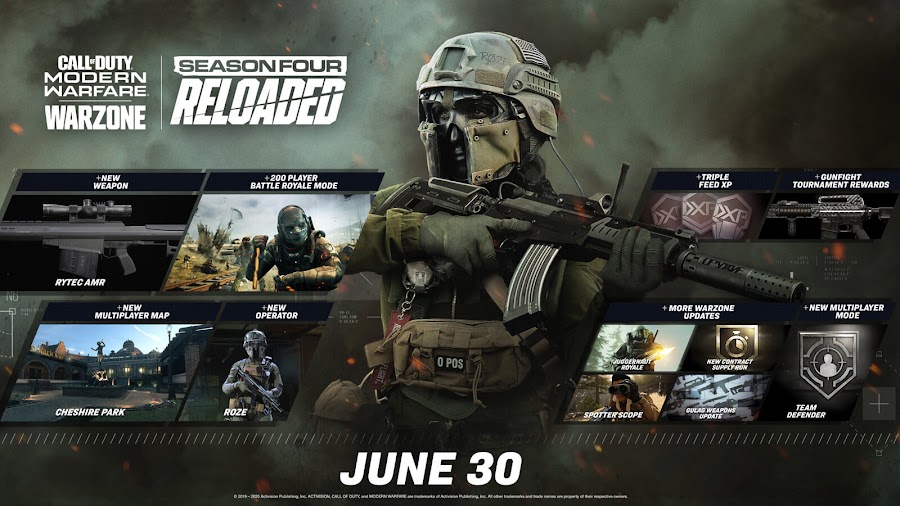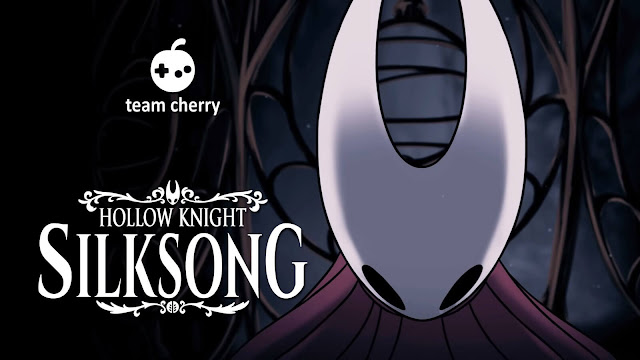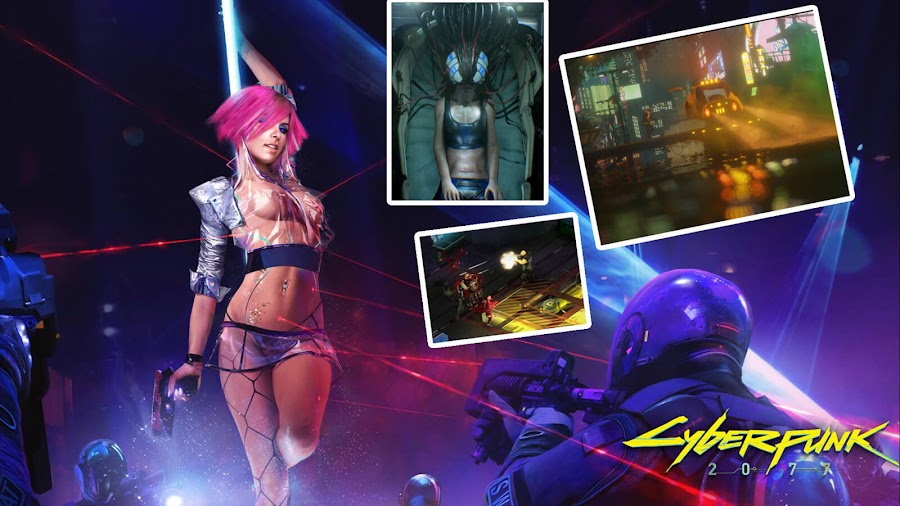Steins;Gate Elite Review (PC/Steam)
A remake of 2009 original visual novel, Steins;Gate Elite is a must have item for any hardcore series fan.
 |
| Steins;Gate Elite Review (PC/Steam) |
If you don't know what the heck is Steins;Gate Elite or haven't even heard of it then allow me to explain it to you. Whether or not you've at least watched the anime, I will not go too much deep into plot details as I might spoil it for you if you already haven't watched it.
I'll also try to fill you in with elements taken from the first chapter of the game, mostly out of context. Oh, and unfortunately this is not a sequel to the original Steins;Gate anime or game in case if you were wondering but still great nonetheless.
If you haven't touched any of S;G material yet but was curious enough to click on this article, here's a little bit of plot synopsis for the anime. The self-proclaimed mad scientist Rintarou Okabe rents out a room in a rickety old building in Akihabara.
There he indulges himself in his hobby of inventing prospective "future gadgets" with fellow lab members: Mayuri Shiina, his air-headed childhood friend and Hashida Itaru, a perverted hacker who goes by the nickname "Daru."
These three usually pass their time by tinkering with their most promising contraption yet, a machine dubbed the "Phone Microwave", which performs the strange function of morphing bananas into piles of green gel.
Though miraculous in itself, the phenomenon doesn't provide anything concrete in Okabe's search for a scientific breakthrough; that is, until the lab members are spurred into action by a string of mysterious happenings before stumbling upon an unexpected success—the Phone Microwave can send emails to the past, altering the flow of history.
Adapted from the critically acclaimed visual novel by developer 5pb and Nitroplus, Steins;Gate takes Okabe through the depths of scientific theory and practicality. Forced across the diverging threads of past and present, Okabe must shoulder the burdens that come with holding the key to the realm of time.
Otherwise, this is an analysis or comparison mainly targeted towards folks who previously finished the S;G anime or the visual novel at least once.
Heading back to the original question(s), Steins;Gate Elite originally released on February 19, 2019 and is a fully animated remake of the critically acclaimed visual novel, first released in 2009 for Xbox 360 consoles in Japan.
Yes, you have read that right. It's fully animated. It uses remastered animation clips from the 2011 faithful anime adaptation of the same name from 2009 visual novel.
If you have any past experience with visual novels, you might be asking yourself already, how come it uses scenes from the anime when the scenes of the anime very limited compared to its source material as not only is the VN long, it also has 5 separate routes that the anime doesn't cover?
Well that would be the best part about Elite. It doesn't use scenes just from the anime.
Whatever scenes and routes were missing or changed in anime, were made from scratch by the same studio that brought you the original anime, its sequel movie and the 2018 interquel Steins;Gate 0, White Fox.
This game uses animation from the anime and the text and dialogue from the original visual novel. So in conclusion, it is a hybrid of the Steins;Gate visual novel and the 2011 anime adaption of the same name.
Wondering how does the animation sync with the text and voice? Do the choices to make it animated create new problems? Well, I have only devoted about an hour or so to the game up until writing this article (finished the prologue) and so far the voice and animation synced up really well.
There weren't many stiff moments as you might expect and the camera changed positions quite frequently as text progressed to make things look interesting and to keep your attention. I didn't face any sort of issues that particularly hindered my experience.
Have you asked yourself how does the interactive phone work in this? If you didn't know, the main character's phone plays a significant part in the game as it does within the anime. Even more so in the VN as it is one of the only things you'll be really interacting with other than the game's menus.
In the original VN, you could whip up the phone to view emails, reply to messages that may or may not play a significant part in the story and even customize the phone's look (i.e. change wallpaper, ringtone, etc.) almost whenever you wanted about 30 minutes into the game.
Unfortunately, Elite doesn't have these same sorts of optional features in it. You can still send and receive mails, but only when necessary to the plot. This may also mean that important game changing mails will stand out more than the rest.
Like, in Elite many mails where you might not have much input in anyway actually occur within the animation instead of a separate window like many optional mails in the original. Keep in mind there's much more to these phones than you might've thought in these screenshots.
This might mean that mails that may impact the story will stand out more than the one that don't unlike in the original game where differentiating such mails were a little bit more confusing. I guess, some of you might be feeling the same though.
Interestingly, in a very early build of Elite, it had the feature of using the phone whenever you wanted (to a certain degree). But the animation transitioning from regular animated gameplay to using phone was always the same and could've gotten old easily.
This was fixed with a more abstract transition animation to the phone in the final build of the game you can see above. If you wanna see the gameplay of the early build of Elite, you can look it up on YouTube. Keep in mind that it is from September of 2017 when the game had just been announced.
The game has had at least a year of development time since then as the game was released in Japan back in September 20, 2018. So there are quite a lot noticeable differences from that version to the game we now have at hand.
Is Huke's amazing artwork in the original visual novel really a worthy sacrifice for a fully animated pacing? If you played or seen footage of the original VN, you'll know that it uses some amazing art pieces of characters and backgrounds like any traditional visual novel, created by the Japanese illustrator Huke.
Elite however, uses the art style and animation by the anime studio White Fox. So, clearly you'll be missing out on some excellent pieces. I have yet to see for myself if the original animation of the alternate routes not present in the anime make up for them.
Personally, I like the anime art style a lot since it was my first S;G medium. It all comes down to preference to which you’d like to experience first. Because I think both are worth your time even if you already watched the anime and/or played the original VN.
Unfortunately, Elite reuses the voiceovers used from the original visual novel but still the developers managed to make the older voice clips sync with the animation perfectly and kudos to them for doing such great work.
As for OST, S;G Elite uses some of the remastered tracks from the original VN and the anime along with a few new and remixed tracks that already existed as far as I know. In short, it's not completely the same as the original VN.
Be warned that slight spoiler from the very first hour of the game/anime are coming ahead. English version of Elite uses the official English translation of the original VN and there is no unnecessary cut content or censorship in the game, at least not any I know of or noticed.
However, it is very much possible they kept the frightening or gory scenes censored like in the anime and not too graphic like the visual novel.
It is a visual 'novel' and one of the things you'll be doing a lot through this is simply reading. So it largely depends on your reading style depending on how fast you can read. There are options in the settings regarding text speed which you can tweak to your liking.
It should take around the same time as the original VN which according to howlongtobeat.com is around 34 hours on average on "All Playstyles". So, be prepared of that timestamp when you are in for the experience.
Also, keep in mind that the game doesn't "end" on a single ending as there are in total 6 of them in the game. Albeit there's only 1 canon 'true' ending it is recommended on trying to get all of them to get the most out of the game.
I highly recommend getting the true ending first as it is the best ending and will give you the genuine Steins;Gate experience. There are lots of spoiler-free walkthroughs on the internet which you can follow to find out how to get that one.
Thinking this to be is basically like an anime, I had the idea of 'watch' it like an anime at first. You could technically view it that way by turning down the text window transparency to 100%, setting the text progress to auto and speeding up the rate at which the text progress by a little bit.
I have tested this method and this might come as disappointment to some but it is best not played this way. S;G Elite is still a visual novel at its core. Constantly clicking your mouse to progress text may be bothersome to many but "watching" it by simply relaxing in a couch with no mouse or controller can be equally troublesome.
For you'll have to go through Okabe's constant inner thoughts thus read a bountiful of non-voiced text. So it is still recommended to play it like you'd do with any visual novel or a video game. There are some helpful guides online that might help you achieve that.
It is quite apparent that the target audience for Steins;Gate Elite was mostly for fans of the original anime, who never tried the visual novel mainly for its still image system, and getting them a little bit interested into trying out more traditional visual novels.
As for people who already watched the anime and played the original VN, they now have the opportunity of seeing their favorite scenes that were cut out in the anime, fully animated. It's a great joyride for any fans of the series that just can't get enough of it.
And if these weren't enough incentives for you to go out and buy Elite immediately, you might be get very interested all of a sudden to learn that Elite comes with 2 different bonus games depending on your platform with no additional charge!
Players on PC and PlayStation 4 will get the 2013 spin-off Steins;Gate: Linear Bounded Phenogram, which was previously released exclusively on Japan and is now officially translated and available in English for worldwide audience.
It mostly takes place during the original Steins;Gate storyline but the twist with you seeing the story through the perspectives of different side-characters who play a vital part in Okabe's journey throughout the main game.
On the other hand, Nintendo Switch owners will get a curious little, completely new "8-BIT ADV" game which is a NES-style RPG remake of the original visual novel of the game. If you're worried about exclusivity, LBP is scheduled to release on Switch on March 20 in Japan.
It is very much possible that 8-Bit will also see a stand-alone release on PC and PS4 at some point in the future. All in all, Steins;Gate Elite is a must buy for any hardcore fan of the original visual novel or anime and is definitely worth spending your time to.
It is potentially the most definitive way of experiencing the epic Steins;Gate story arc for the first time. If you read through all this despite never having watched or read any S;G material, there's your incentive to do so now.
Thanks for reading through all this! Here's to hoping 5pb and Nitro+ will eventually consider remaking the 2015 visual novel Steins;Gate 0 after its moderately successful anime concluded last year in September.
El Psy Kongroo.
















